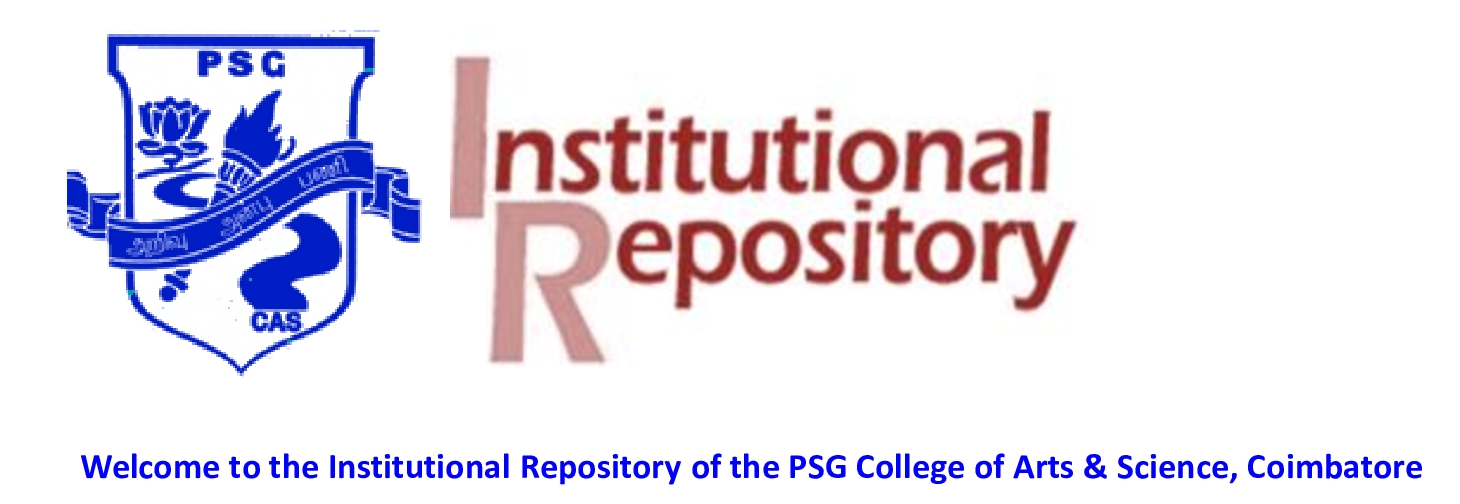Uma, G (2020) Affordability, availability and tolerability of anti-seizure medications are better predictors of adherence than beliefs: Changing paradigms from a low resource setting. Seizure: European Journal of Epilepsy, 83. pp. 208-215. ISSN Elsevier
1-s2.0-S1059131120303526-main.pdf - Published Version
Download (1MB)
Abstract
Objectives: Anti-seizure medication (ASM) non-adherence contributes to treatment gap and increases mortality and morbidity associated with epilepsy. Beliefs about medications are considered better predictors of ASM nonadherence than clinico-demographic factors. We aimed to look into ASM non-adherence rates among adults with epilepsy (AWE), identify the contributing barriers and determine whether medication beliefs were more powerful predictors than clinico-demographic factors. Methods: This was a cross-sectional study of AWE receiving ASMs. Participants (n = 304) were assessed by validated questionnaires, for non-adherence (8-item Morisky Medication Adherence Scale) and perceptions of ASMs (Beliefs about Medicines Questionnaire) along with clinico-demographic details. Results: Our group with high literacy and low-income had a high non-adherence rate (55 %) despite having positive beliefs (Mean necessity-concern differential [NCD] = 2.86). Among the beliefs, ASM non-adherence was significantly associated with ASM-concern (t = 4.23, p < 0.001) and NCD (t = − 4.11, p < 0.001). Stepwise multiple linear regression analysis showed that non-adherence was significantly associated with per-capita income (β − 0.215, p < 0.001), ASM side effects (β 0.177, p = 0.001), high seizure frequency (β 0.167, p = 0.002),
ASM availability (β − 0.151, p = 0.004), ASM costs (β − 0.134, p = 0.013 and NCD (β − 0.184, p = 0.001). NCD
accounted for 2.9 % of the variance in non-adherence whereas the other clinico-demographic variables together accounted for 14.6 %. Conclusion: We describe a paradigm shift in AWE with high non-adherence to ASMs, wherein clinicodemographic variables emerge as better predictors of non-adherence than beliefs. High literacy facilitates the perception of need for ASMs whereas costs and side effects hamper adherence.
| Item Type: | Article |
|---|---|
| Uncontrolled Keywords: | Necessity-concern differential ASM costs Newer ASMs ASM availability ASM side effects |
| Divisions: | PSG College of Arts and Science > Department of Statistics |
| Depositing User: | Mr Team Mosys |
| Date Deposited: | 06 Jul 2022 09:15 |
| Last Modified: | 06 Jul 2022 09:15 |
| URI: | http://ir.psgcas.ac.in/id/eprint/1279 |


 Altmetric
Altmetric Altmetric
Altmetric